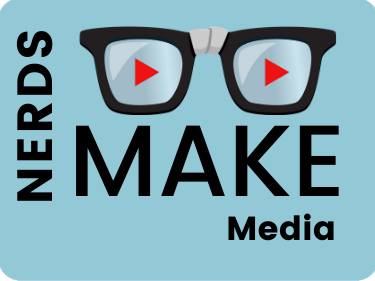Once you’ve done the analysis detailed in last week’s post you can start to develop out your scenarios and the flow of the lesson. Scenarios where users can make choices are so much more effective for knowledge retention and transfer than just telling the learner something.
She uses Adobe sketch to map out scenarios. It’s easy and free, but only works on an iPad. You can do the same thing in PowerPoint with hot spots to different spots, then import in Captivate (or other systems). Define what the storyboard is for and how detailed it needs to be for your stakeholders. It can be a lot of work to put things in a storyboard that you know you are going to use anyway.
Start with the problem.
Provide some content about the problem so they feel they are learning something.
Present the scenario.
a. It’s very important that your scenario has believable and relatable characters.
b. Charlie Brown is an example, he fails, but he keeps trying and learning and you want him to succeed.
c. The learner becomes like the coach who guides them.
d. SMEs should be able to give you realistic scenarios to work with.
4. Branch to three choices with feedback.
5. Present a second scenario. This one should be similar but a little harder to reinforce the learning. Also if the person just guessed the first time it gives them another chance to actually think it through.
6. Then review the material.
7. Then final assessment if required.
a. Multiple choice tests, while easy, are ineffective, as people can be great test takers, but miserable at doing and vice versa.
b. She encourages “Authentic assessments” that examine the learner’s ability in a real world context. This promotes better transfer back to the job.
c. Assessments can be as simple as the learner making the best choice of three options after presented with a scenario. If students are struggling you can customize and give more until they make the correct choices.
8. But the learners’ responses to the scenarios could also be seen as measurable assessments.
9. This structure allows you to “sneak in” more content, especially for those who give wrong answers.
